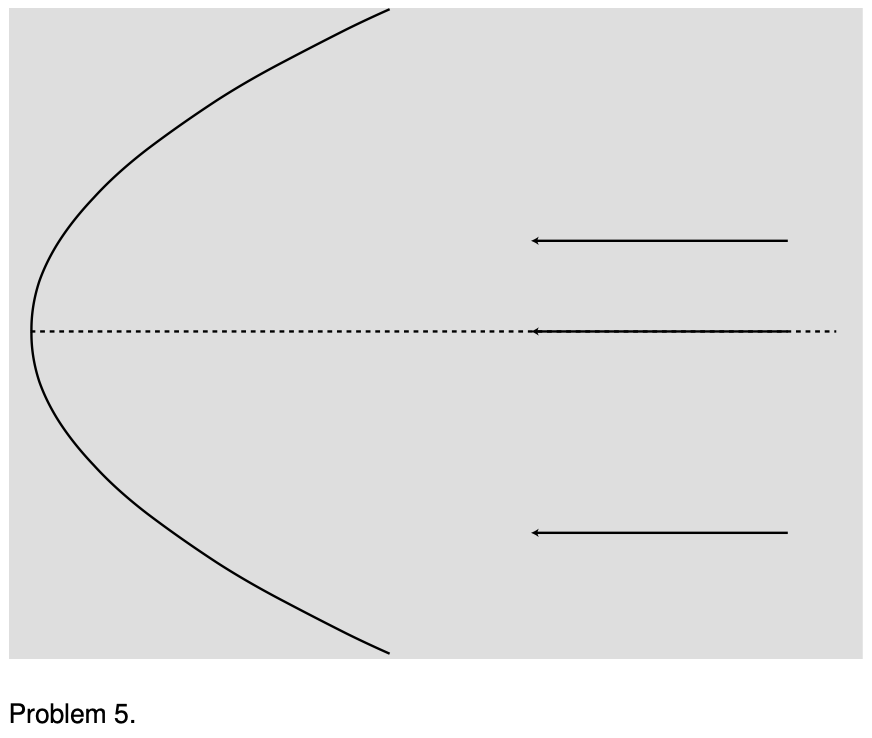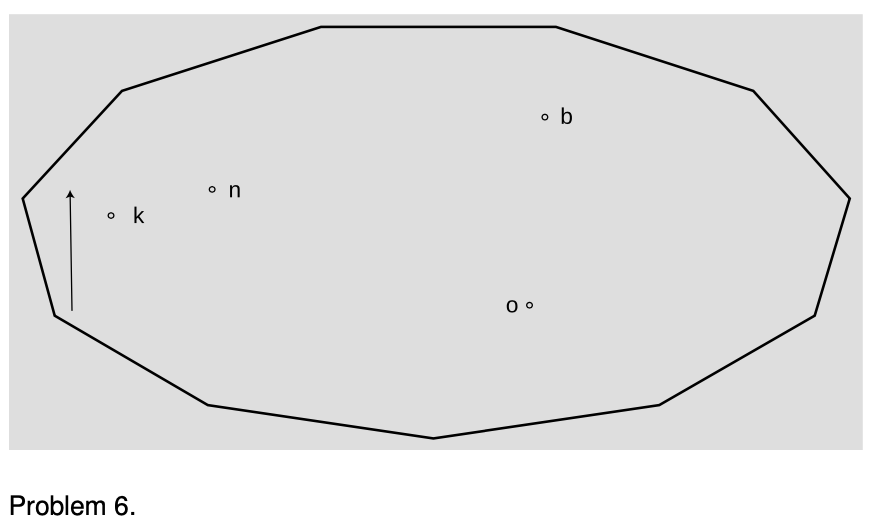LM 28.6 Summary Collection
Tags | |
UUID | 1ede9b21-f145-11e9-8682-bc764e2038f2 |
28.6 Summary by Benjamin Crowell, Light and Matter licensed under the Creative Commons Attribution-ShareAlike license.
Summary
Vocabulary
absorption — what happens when light hits matter and gives up some of its energy
reflection — what happens when light hits matter and bounces off, retaining at least some of its energy
specular reflection — reflection from a smooth surface, in which the light ray leaves at the same angle at which it came in
diffuse reflection — reflection from a rough surface, in which a single ray of light is divided up into many weaker reflected rays going in many directions
normal — the line perpendicular to a surface at a given point
Notation
Summary
We can understand many phenomena involving light without having to use sophisticated models such as the wave model or the particle model. Instead, we simply describe light according to the path it takes, which we call a ray. The ray model of light is useful when light is interacting with material objects that are much larger than a wavelength of light. Since a wavelength of visible light is so short compared to the human scale of existence, the ray model is useful in many practical cases.
We see things because light comes from them to our eyes. Objects that glow may send light directly to our eyes, but we see an object that doesn't glow via light from another source that has been reflected by the object.
Many of the interactions of light and matter can be understood by considering what happens when light reaches the boundary between two different substances. In this situation, part of the light is reflected (bounces back) and part passes on into the new medium. This is not surprising --- it is typical behavior for a wave, and light is a wave. Light energy can also be absorbed by matter, i.e., converted into heat.
A smooth surface produces specular reflection, in which the reflected ray exits at the same angle with respect to the normal as that of the incoming ray. A rough surface gives diffuse reflection, where a single ray of light is divided up into many weaker reflected rays going in many directions.
Homework Problems
Key
A computerized answer check is available online.
A problem that requires calculus.
A difficult problem.
1. Draw a ray diagram showing why a small light source (a candle, say) produces sharper shadows than a large one (e.g., a long fluorescent bulb).
2. A Global Positioning System (GPS) receiver is a device that lets you figure out where you are by receiving timed radio signals from satellites. It works by measuring the travel time for the signals, which is related to the distance between you and the satellite. By finding the ranges to several different satellites in this way, it can pin down your location in three dimensions to within a few meters. How accurate does the measurement of the time delay have to be to determine your position to this accuracy?
3. Estimate the frequency of an electromagnetic wave whose wavelength is similar in size to an atom (about a nm). Referring back to figure 24.5.3 on p. 691, in what part of the electromagnetic spectrum would such a wave lie (infrared, gamma-rays, ...)?
4. The Stealth bomber is designed with flat, smooth surfaces. Why would this make it difficult to detect via radar?
5. The figure on the next page shows a curved (parabolic) mirror, with three parallel light rays coming toward it. One ray is approaching along the mirror's center line. (a) Continue the light rays until they are about to undergo their second reflection. To get good enough accuracy, you'll need to photocopy the page (or download the book and print the page) and draw in the normal at each place where a ray is reflected. What do you notice? (b) Make up an example of a practical use for this device. (c) How could you use this mirror with a small light bulb to produce a parallel beam of light rays going off to the right?

6. The natives of planet Wumpus play pool using light rays on an eleven-sided table with mirrors for bumpers, shown in the figure on the next page. Trace this shot accurately with a ruler to reveal the hidden message. To get good enough accuracy, you'll need to photocopy the page (or download the book and print the page) and construct each reflection using a protractor.

28.6 Summary by Benjamin Crowell, Light and Matter licensed under the Creative Commons Attribution-ShareAlike license.
Calculators and Collections
- Comments
- Attachments
- Stats
No comments |
